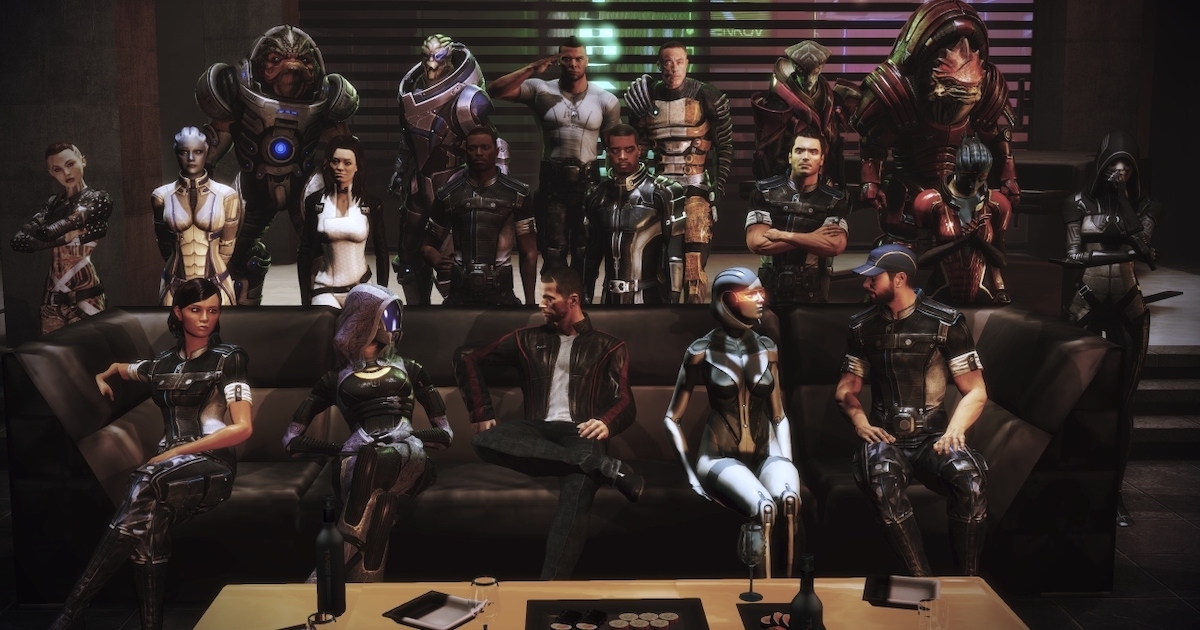
Why clean noise or fix weirdness in the legs if the shot only shows the upper body? So maybe it's not too surprising that iClone Unreal Live Link supports camera animation. It’s not uncommon for animation in cutscenes to be done according to what’s visible on camera. It’s a huge added convenience to be able to animate Unreal cameras from iClone. Being able to animate to other characters, objects, or even events in the game world not only removes the guesswork from cinematic animation but significantly cuts down on the back and forth iteration time between tool and engine.

This is where being able to effectively stream the animation controls from a DCC tool really comes in handy. Not an ideal solution but better than having a whole bunch of characters salute with their hands halfway into their heads.īut what about when the changes need to be more complex or are needed more frequently?Įven now with the advances made in Sequencer, it’s difficult to make significant changes to animation clips. Not so that we could have Matinee be our animation tool, but so that we could more easily offset bones on animations we’d imported.ĭespite our many custom changes to the engine and tools we never quite got farther than blending animations and applying offsets as a fix for this problem. Way back in the Mass Effect 3 days we used to wish we had a limited ability to animate the characters within matinee. But it doesn’t offer a simple way to make adjustments to these clips. Unreal Sequencer is a fairly robust cutscene creation tool that allows for the import and blending of character animations via animation clips. Once the transfer of assets is complete, animations, and in some cases, object property changes are then reflected in Unreal in real-time, removing the disconnect between animation and environment. This way, neither character creation nor setup process needs to be retreaded in the engine. With the Live Link plugin, the transfer of characters into Unreal is a one-click process, like an automation script that takes care of exporting and importing the mesh, blendshapes, poses, textures, and materials. Anyone who has ever imported characters to Unreal will know this can be a laborious process especially if it, due to iteration, needs to be done multiple times per character model. It’s possible to transfer characters, cameras, and lights, however, it’s the character transfer that’s most significant due to its general difficulty/annoyance. And things can again start to fall apart in the complexity of large multi-disciplined tools like Maya (which seems to be the tool most commonly associated with Live Link).įor solo developers or small teams, the streamlined nature of Reallusion tools like Character Creator 3 and iClone made Live Link an even more attractive prospect and in this article, I’ll be going over what some of those benefits are exactly. With iClone Unreal Live Link you can animate a character in a DCC tool and see the results immediately in Unreal, removing the need to create and iterate in an environment that’s far removed from the game world. The Live Link plugin solves the problem of digital content creation tools always being separated from the games that they help make content for. IClone Unreal Live Link is an idea that existed before its integration with iClone. With Reallusion’s tools and iClone Unreal Live Link, I feel like a much-needed bridge has been finally built between the creation of characters, animation, and their integration into the game environment.

This can be a particular disadvantage when you’re trying to give the impression that the characters are from a certain world and supposed to be interacting with it.
#ICLONE REVIEWS PROFESSIONAL#
In the gamedev world, you have professional tools and a lot of artistic talent working alongside you but ultimately the cutscene is often made outside of the game environment.

It was great, but we often lacked the right tools to easily create and import characters and animations. In Machinima, the games often provided a huge range of 3D assets we could use to build our worlds and stories. Games and films are inherently different art forms but for decades their concepts have been combined to enhance our gaming experience. The Problem with Cinematicsįrom the very beginning, I’ve found out that there was tension between games and cinematics. I started making Quake movies as a hobby and over time, I moved outside of games to tools like iClone and Motionbuilder that enabled me to pursue animation as a career. I started doing animation way back in the early days of Machinima, before it was a website or YouTube channel, even before it had that name. I’m an animator who worked in the gaming industry as a Cinematic Designer on the Mass Effect and Dragon Age franchises.


 0 kommentar(er)
0 kommentar(er)
